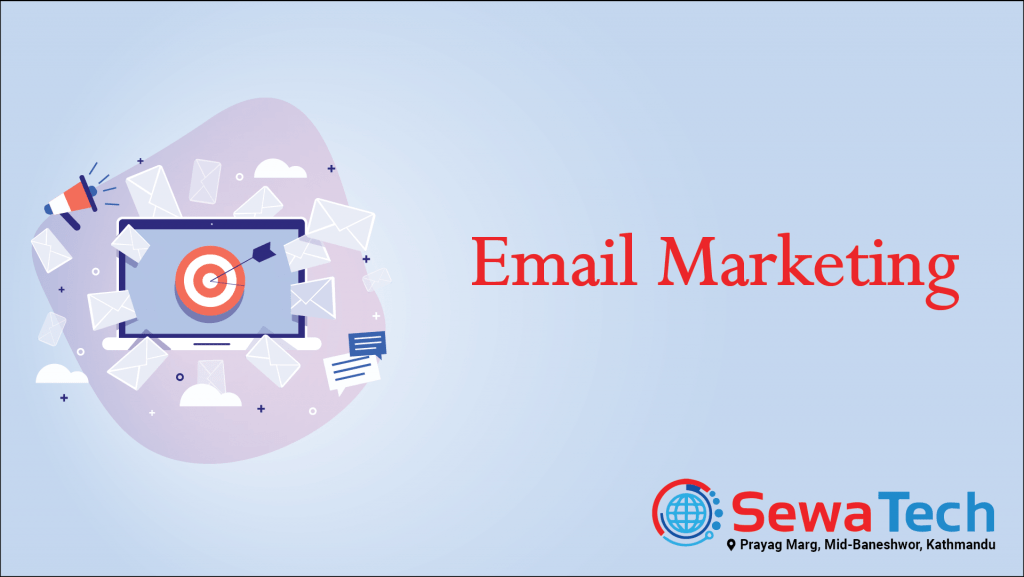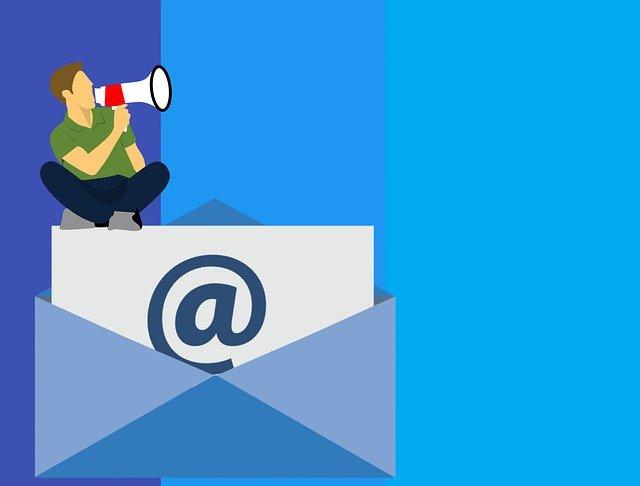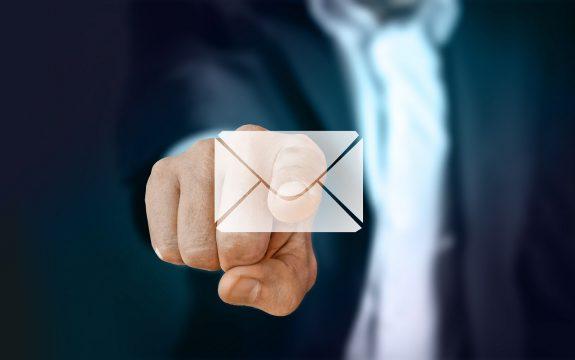Email Marketing
This article discusses email marketing, how it works, and how effective it is in the context of Nepali enterprises.

Email marketing is simply the practice of sending messages to a recipient via the internet. Did you manage to get it? No, that’s fine. To put it another way: Email marketing makes use of perspective and returning customers’ email addresses to send commercial messages, business offers, and updates.
“What??? is it a thing of the past?”
No, buddy, It is still a prominent digital marketing tool.
However, one thing is clear: it is more beneficial to some businesses than others. It is still the most effective B2B marketing tool available.
Let us begin by defining email marketing in terms of what it isn’t. It is not the act of buying a list of email addresses and randomly sending messages to these addresses. As a result, email marketing necessitates a meticulous process of careful analysis and action. The marketer must also be patient and persistent.
Email marketing, in more detail, is a multi-step process in which marketers collect emails, create email campaign types, send emails, and finally measure the results.
How does email marketing work?
The graph below explains a lot about how email marketing works. Despite the fact that it is a more time-consuming marketing process, it yields better results in the end. It undoubtedly aids in sales growth.

There are some apps that can help you tremendously with email marketing. Mailchimp, Aweber, and Active Campaign are three of the most popular email marketing applications. For email marketing, there are five steps you should take.
First, establish your objectives. Choose the products you want to sell. Who are you hoping to sell your products to? How many items do you intend to sell?
Then, gather emails from various channels. Make use of your website, social media forms, or even do it by hand. It is the most difficult aspect of email marketing. It is difficult to receive emails, especially product-related emails. Give the audience some incentives (newsletters, offers, white papers) to sign up for the emails.
The emails should then be segmented (if possible) based on the nature of the customers. Set up a campaign for the right customers.
After that, send out emails. You will begin to receive responses. Your marketing team is effective.
And, in the end, measure the results.
Does it really work?

Email marketing is still used by businesses because it works. The reason for this is that it is direct and appeals to the personal level. Despite the fact that marketers use a large number of emails, customers feel a personalized connection with the company. It improves your relationship with your customers.
Email marketers distribute newsletters, announcements, new services, and special offers via email. In fact, they send these offers to people who are already connected to the business in some way. As a result, it is critical for retaining and converting customers.
However, it is also critical to concentrate on other aspects of email marketing. Marketers must devote sufficient time, energy, and effort to their jobs. Creating buyer images, setting goals, collecting emails, and launching campaigns are all difficult tasks.
Advantages/benefits of email marketing:
Email marketing has certain advantages:
1. It is cheaper than other types of advertising. Nevertheless, it demands the marketer’s time, energy, and effort.
2. Internet users use email as their primary address. An email id is needed to log in to other channels. The present scenario of email users both at the organizational and personal levels gives marketers massive reach.
3. Case studies show that its ROI is around 40X.
4. Applications like Mailchimp, Aweber, and Active Campaign allow marketers to send tailored messages.
5. It helps to establish relationships with customers on a personal level.
6. Emails remain in customers’ inboxes permanently unless they delete them. They see it more than once. And whenever they want the product, they will contact you.
7. You have your database that creates your customer community
8. And, finally, you will get to see the real-time metrics and the report.
How does email marketing work in Nepal? or, How does it work in the context of Nepali business?

Many people, both organizations and individuals, already use email on a regular basis. In fact, the Nepali market is only now going digital. This has made it simpler for businesses to collect emails and communicate via this channel.
Manufacturers and traders can still benefit from it. It can be used for both B2B and B2C marketing. Restaurants, education, and the tourism industry can all benefit from email marketing.
Restaurants can send their food menus and discount offers to individuals or offices. This also helps to increase the frequency of their regular customers.
Colleges and Consultancies can send their updates and information to the concerned people.
Email users are increasing, even in rural areas, as a result of the new technologically savvy generation and the availability of the internet. This marketing, while yielding varying results, is applicable to any Nepalese business.
Also read:

